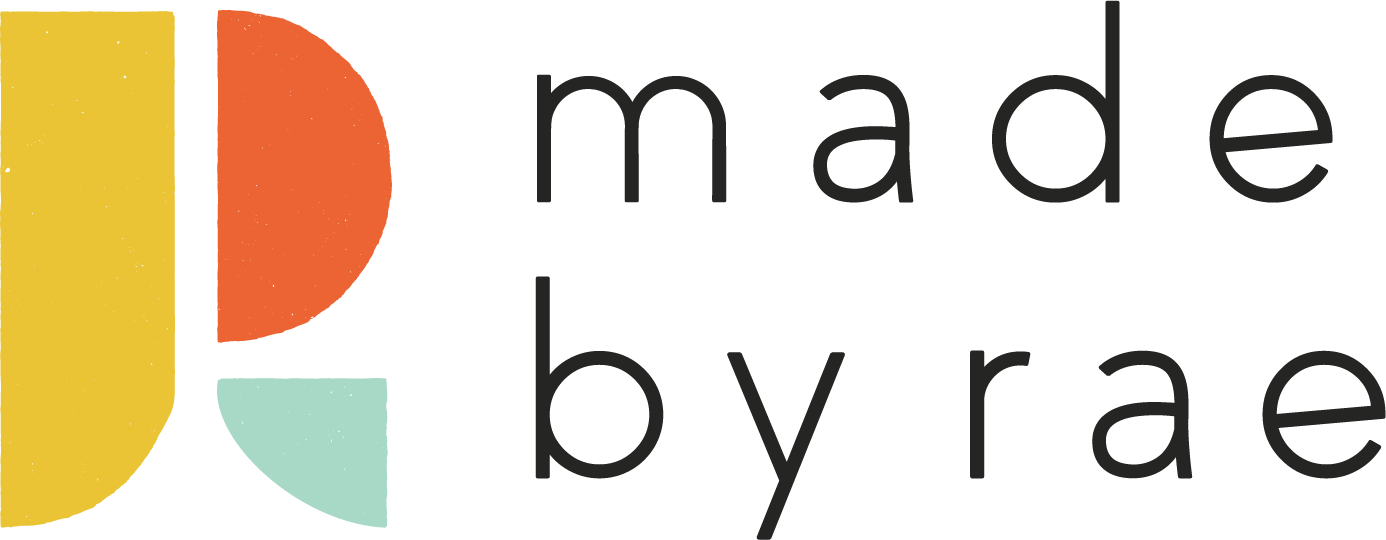Jess' silk noil Rose + Gemma set
Hi all! Jess here, sharing a Rose Pants + Gemma Tank combo that I'm loving. The fabric I used is silk noil in teal blue that we got from Ewe Fibers here. This silk is easy to care for (machine wash and dry!), easy to sew, and incredibly soft and comfy.
I've made three versions of Rose now: one in each length, and each in a different fabric. Throughout this process, I've learned a ton of lessons, and this particular Gemma/Rose combo presented the biggest challenges, but possibly the most rewarding results!
When I cut out these pants, I had just finished making a super-drapy viscose/linen pair that required a lot of width reduction and rise adjustment. I mistakenly assumed that the same adjustments would be necessary for this silk noil, so I preemptively took 1/2" off the width at the hip and took in the back inseam by about a 1/2" to narrow the leg and reduce the rise. This was *not a good idea*! When I basted the seams and tried the pants on before adding the waistband, the rise was too low in the back, and there was not enough ease at the hip.
Thankfully, I was sewing at the studio with Rae, and she helped me carve out the back rise seam to make a little more room in the seat. Then I reduced the side seam allowances, which bought me a bit of ease in the hip. My next mistake was to attach the waistband without basting first. I could barely pull them on over my hips! So again, I had to undo some seams and reduce the waistband seam allowances. I was surprised that adding the waistband made such a difference, but I believe that the interfaced front waistband stabilized the fabric and removed the little bit of ease I had actually retained.
Lessons Learned:
1. Don't make adjustments until you've tried on the garment! I have a good set of working pattern pieces because I made a muslin out of a stable, non-stretchy cotton. I should have trusted those pattern pieces and used them without any changes when I tried a new fabric.
2. Only make one change at a time, and try on between adjustments. I didn't make one change at a time, which resulted in not knowing which alterations made a difference.
3. Baste baste baste! Even though it feels like more sewing, if you use a basting stitch to sew all your initial seams, it's super easy to try something on, make quick changes, and pull out the basting threads. Once you have a good fit, you can use a regular stitch and finish your seams with full confidence that you won't have to take all those tedious stitches out later.
Now for the Gemma top! I'm probably Gemma's biggest fan. I have a closet full of them, and I wear them all year around. Now that I've finally discovered high-waisted pants and shorts, one of my favorite modifications is to crop Gemma (here's a tutorial), which I did here. Since I've made a thousand of these tanks, I didn't try it on before I hemmed it. And guess what? *It was a bad idea*! It looked great with jeans, but the whole idea was to wear this tank with the matching Rose Pants, and the hem was just too low to look good.
So, another lesson learned:
If you're going to make coordinating garments, try them on with each other before finishing them. In this case, moving the hem up an inch made this combination actually wearable. And now I have a sweet new outfit!
Ready to make your own combo like mine? Grab the patterns in the shop:
And you can always get some inspiration on Instagram with these handy tags: #mbrrose / #gemmatank / #madebyrae




